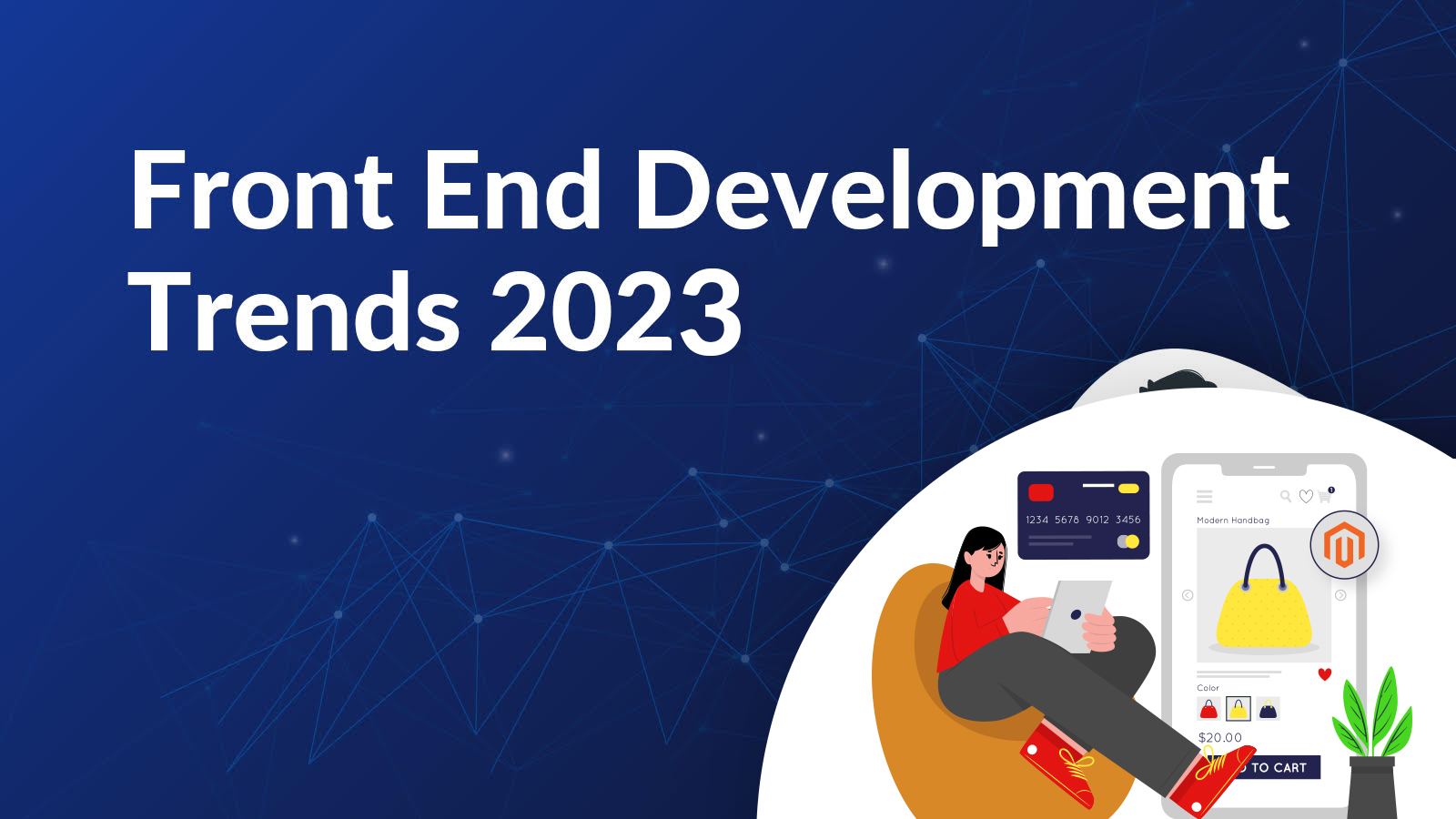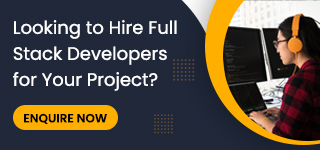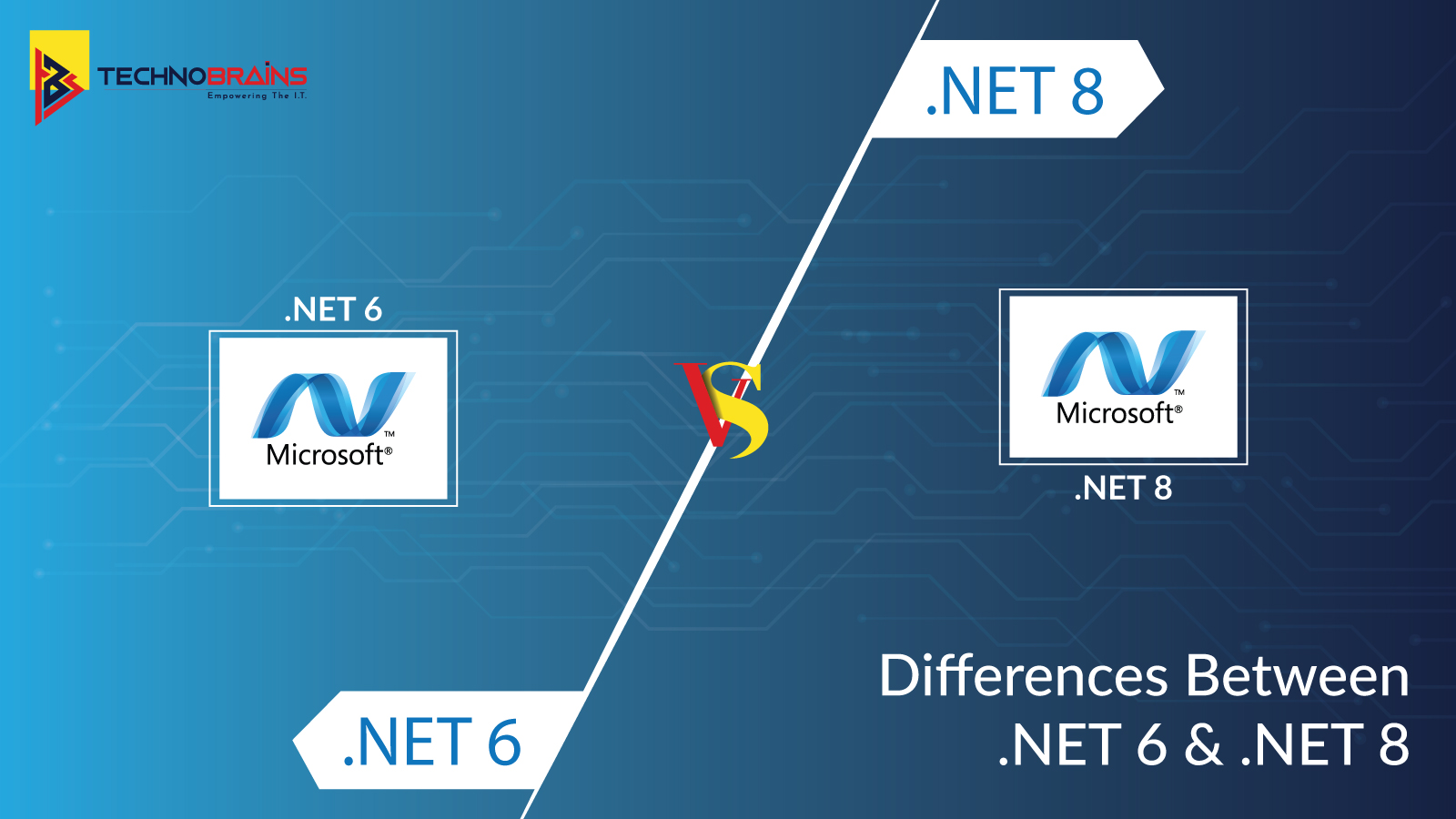To ensure customer happiness, software development teams are constantly tasked with adopting the latest front end development technologies. See how this year’s frontend trends have evolved and how you may benefit from them. Contrary to popular belief, it’s not uncommon for even the most user-friendly UIs to be improved upon.
However, keeping up with the latest trends can feel like a hassle, but these front end development trends can make your app development process nimble and straightforward. To stay competitive in an ever-changing business, developers must keep up-to-date with the newest programming languages, frameworks, and technologies.
If you haven’t already, these are some of the most critical front end development trends to keep an eye on.
Now that 2023 is in the middle, it is the right time to observe the front-end development trends being manifested. Without adapting to change, you will fall behind your competitors. The front end development industry often changes faster than we can keep up with the trends. There are many trends to expect in the front end of this year, particularly about the most popular technologies. Find the best Front End Development Trends 2023 in our short guide.
Benefits of Front End Technologies for Web and Mobile Development
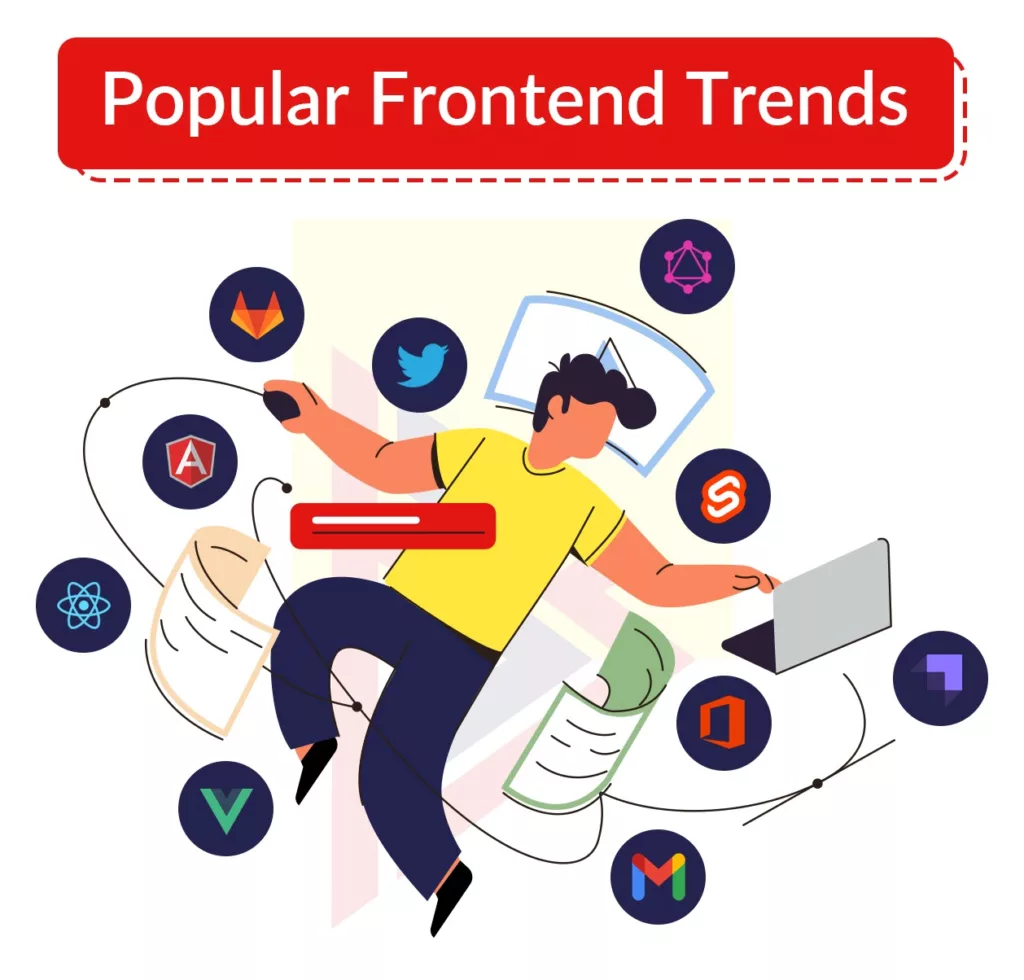
Digital products look like their frontends, their appearances. In the digital world, it is the primary factor that affects the first impression of a company. Aesthetics matter in web apps since the software helps set a connection with customers on an emotional level and reveals a brand’s culture. Furthermore, a great front end enables an excellent user experience.
Faster development
Frontend development offers the first and foremost benefit of making the product faster. JavaScript frameworks enable programmers to program how features will look to end users. Developing front-ends and back-ends go hand in hand. Although initially front end development was never given as much importance as the back end now the times have changed.
Enhanced security
Cyberattacks and hacks are all around us. It is for this reason that cybersecurity is becoming increasingly important. Most frontend frameworks are comparatively secure and allow the development of data-secure software products. Using front-end technologies, you can secure your site or app against potential cyberattacks and data leaks.
Real-time programming
Developers can now review all their modifications and changes in the browser without worrying about losing status and having to reload pages repeatedly.
Easy to learn, scale, and use
Beginners tend to enjoy the ease of learning most front end development frameworks, as they offer many benefits. Furthermore, frontend technologies are straightforward to scale due to convenient and user-friendly constructing layers.
More responsive features
Software developers can create software products with exceptional features through front-end development frameworks. Its distinctive features work seamlessly as well as enable quicker application development.
If you are confused between Front end, Back End and Full Stack Developers, then you must read our blog, where we have detailed the differences between all three and which you should hire under what situation.
Catching Up with the New Frontend Development Trends
Rise of the Jamstack
Web and mobile applications can be built using the JavaScript-based framework Jamstack (JavaScript, API, and Markup). Modern, high-performance, single-page apps can be quickly built on it.
Pre-rendering and decoupling are the cornerstones of Jamstack’s operation. Frontend UI and pages are separated from the database’s backend applications. Once the backend servers are removed, a CDN can be used to distribute the frontend internationally. Static pages and assets are used to pre-build the entire frontend before deployment. It can be used to build custom application development services.
For custom frontend development, Jamstack is used.
- Because pages are pre-generated at build time, loading times are reduced, resulting in a better user experience and faster development times for your engineers.
- Pre-rendering has no connection to any servers. Hence server security is unaffected. Permissions on your users’ private content are the only security concerns that must be addressed.
- Static and pre-generated Jamstack websites can be readily hosted on various hosts without difficulty.
- You can add additional functionality and scalability to your application using various Javascript libraries.
- It is less expensive to host static content than to host dynamic or more traditional forms of web content. There is no need for a massive infrastructure when a website can be cached and supplied solely through a CDN.
- This strategy makes it easy for developers in custom application development services to produce reusable code that can be utilized across multiple pages.
Many well-known companies, such as Unilever, PayPal, Louis Vuitton, Nike, and others, have embraced Jamstack as a game-changer in web and mobile app development. These all play a crucial role in frontend development.
Use of Headless Architecture
A headless architecture is one without a graphical user interface. This type of architecture is used for back-end applications and services that must run on a server. Headless architectures are often used in web applications where a separate server or process handles the front-end.
One of the benefits of using a headless architecture is that it can improve performance and scalability. Because there is no need for a graphical interface, the application can use more resources to run the back-end services. Additionally, a headless architecture can handle more requests per second than a traditional architecture.
There are also some disadvantages to using a headless architecture. One potential issue is that it can be more difficult to troubleshoot issues when there is no graphical user interface. Additionally, some users may find it difficult to work with applications that lack a GUI.
Use Popular Front End Development Frameworks
JavaScript (JS) is a popular programming language. With HTML and CSS, it is a cornerstone of the web and has the broadest choice of third-party libraries and frameworks and the most active developer community.
As the name suggests, JavaScript frameworks are collections of pre-written code libraries for common programming tasks.
Which JS frameworks are most popular?
Here are the top three most popular frontend JS frameworks.
- React: The React framework, developed by Facebook, combines declarative, functional, and component-based design principles. The dynamic user interface of high-traffic websites is developed and operated using React. For front-end development for both app and mobile apps, virtual DOM enables fast renderings.
- Angular: The Angular framework was created by Google in 2016 and was officially released. TypeScript-based front-end frameworks like this are some of the industry’s most powerful, efficient, and open-source. Component-based architecture and a tree-view structure make it possible to create elegant single-page applications.
- Vue.js: It is a front-end framework and is one of the most popular options today. In terms of popularity and user happiness, it is the third-best JavaScript framework on the market. Its dual integration is one of the most intriguing aspects of building high-end SPAs. Thus, you should consider this for front end development.
Various web applications utilize JavaScript, such as Netflix, LinkedIn, PayPal, OkCupid, and BBC World News. Micro Frontend Architecture is gaining traction, surpassing both Angular and Vue in popularity in the latest front end development trends 2023.
Front End Development Trends in 2023

#1. AI-based chatbots enhance customer experience
AI-powered chatbots answer many customer experience questions quickly. In this way, companies create long-term relationships with their customers and make the customer-company interaction more “human.” The convenience and intelligence of chatbots has increased with the introduction of artificial intelligence.
They recognize human speech and provide more logical responses. They can even tell jokes like a real person and hold a conversation like a real person. Thus, this tops our list in frontend development trends.
#2. Progressive web apps are gaining momentum
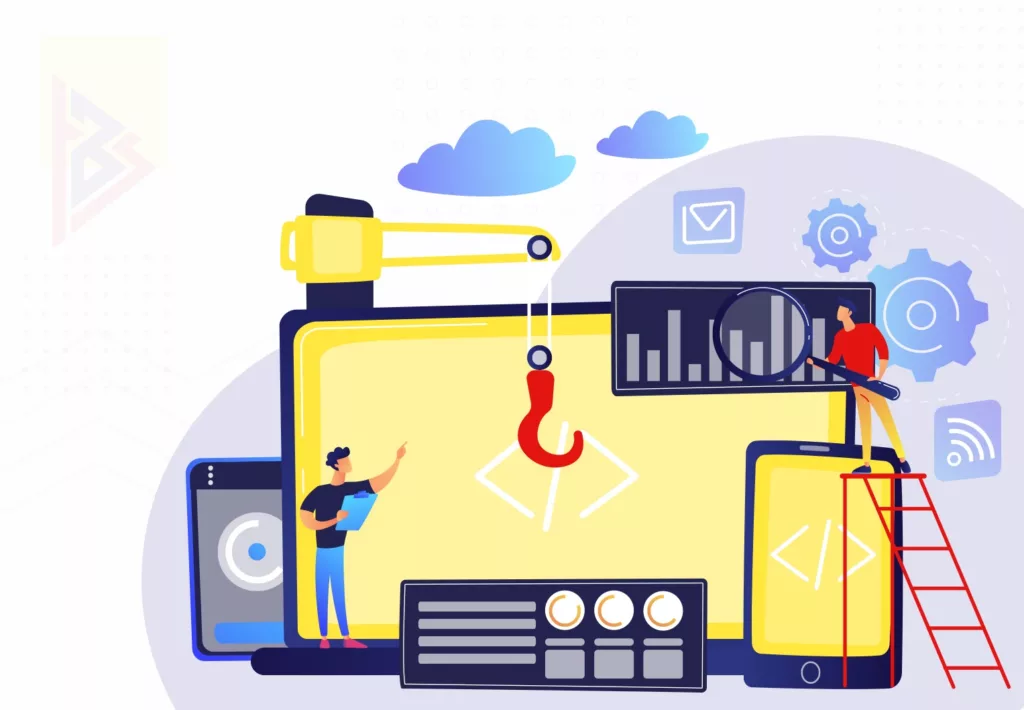
A progressive web app (also known as a PWA) is a web application that users would not know is different from a native app. In addition to being fast (a significant chunk of their data is stored in their cache), PWAs load quickly and do not require an Internet connection to function (they can work offline).
- In PWAs, there is no need for installation, as they are modern websites that can be accessed as an application on the user’s home screen without requiring any installation.
- Using platform-specific features, PWAs provide an experience similar to native applications and load quickly.
- Users can store data for these websites locally on their devices without a network connection.
- In the same way as any other website or web application, PWAs are secured using HTTPS protocols.
- These are built with modern web technologies and appear on the home screen without any installation.
The advantages of PWAs over native mobile apps include excellent reliability, incredible speed, and unbeatable performance across multiple devices. Twitter, Instagram, Uber, Forbes, Starbucks, and Pinterest have developed PWAs for their apps which are better than native mobile applications. Using Progressive Web Apps is a great way to get started (PWAs) Developing cross-platform web apps using new browser APIs and features, as well as the traditional progressive enhancement technique, has made PWA custom application development services increasingly popular recently.
In custom application development services, headless architecture should be used because It enhances the user experience by allowing dynamic content to be loaded. SPAs can be created using Reactjs, Vue, and other JavaScript frameworks without having to use static typing tools.
PWAs are undoubtedly best known for radically improving user experience, resulting in higher conversion rates, as Flipkart has proved.
#3 Single-page websites are trendy today

One-page websites are nothing new to web development; however, their benefits make them an excellent front-end trend in 2021.
The first advantage of single-page websites is that they are faster and cheaper to develop. There’s no surprise here.
Data transmitted to and from the server is the only thing that changes. It results in a very responsive application that doesn’t have to wait for client-server communication every time a user queries it.
- Since it only loads once at the beginning, it is faster than traditional apps
- Using less bandwidth and working on slow connections
- Because pages do not need to load as quickly for mobile or desktop apps, users have a better experience
- More prosperous and advanced frontend features are more accessible to integrate into SPAs than traditional apps
Many examples of SPAs include Facebook, Gmail, Twitter, Google Drive, Google Maps, and GitHub.
Two, they don’t have much content to search through, and the navigation isn’t too complicated. It is as easy as scrolling through the page to find the information they want. In addition, mobile-friendly websites are easier to use than traditional ones. The statistics above about smartphone usage daily? Embrace the Micro Frontend Architecture, which is also a trend in frontend development. One production can handle many apps because of this architecture, which makes website management a breeze.
Despite this, one-pagers aren’t the best solution for everyone. Since the front-end development trend is to simplify everything we do today, they will undoubtedly remain popular in 2023.
#4. Animation in a user interface design

It’s always in vogue to have minimalist designs. They are, however, becoming increasingly irrelevant to modern users. The opposite is also true: animation enhances the user’s experience on a website. This helps improve website usability and user experience as well.
For example, developers can include motions for transition between charts or different pages. To keep things at a balance, the key is not to have too much animation or not enough. Animation’s popularity is mainly due to its ease of use, which allows developers to easily integrate animations without requiring solid knowledge of JavaScript or jQuery.
Also read, Bootstrap vs React: Which is the Best Frontend Framework?
#5. Simplicity
Even though we love really great animations and eye-catching UI designs, we still prefer the ease of use of a simple website.
In light of this, simplicity is a trend that should be considered for frontend development. Make your product as simple and intuitive as possible, regardless of the type.
#6. Advancements in cloud computing continue
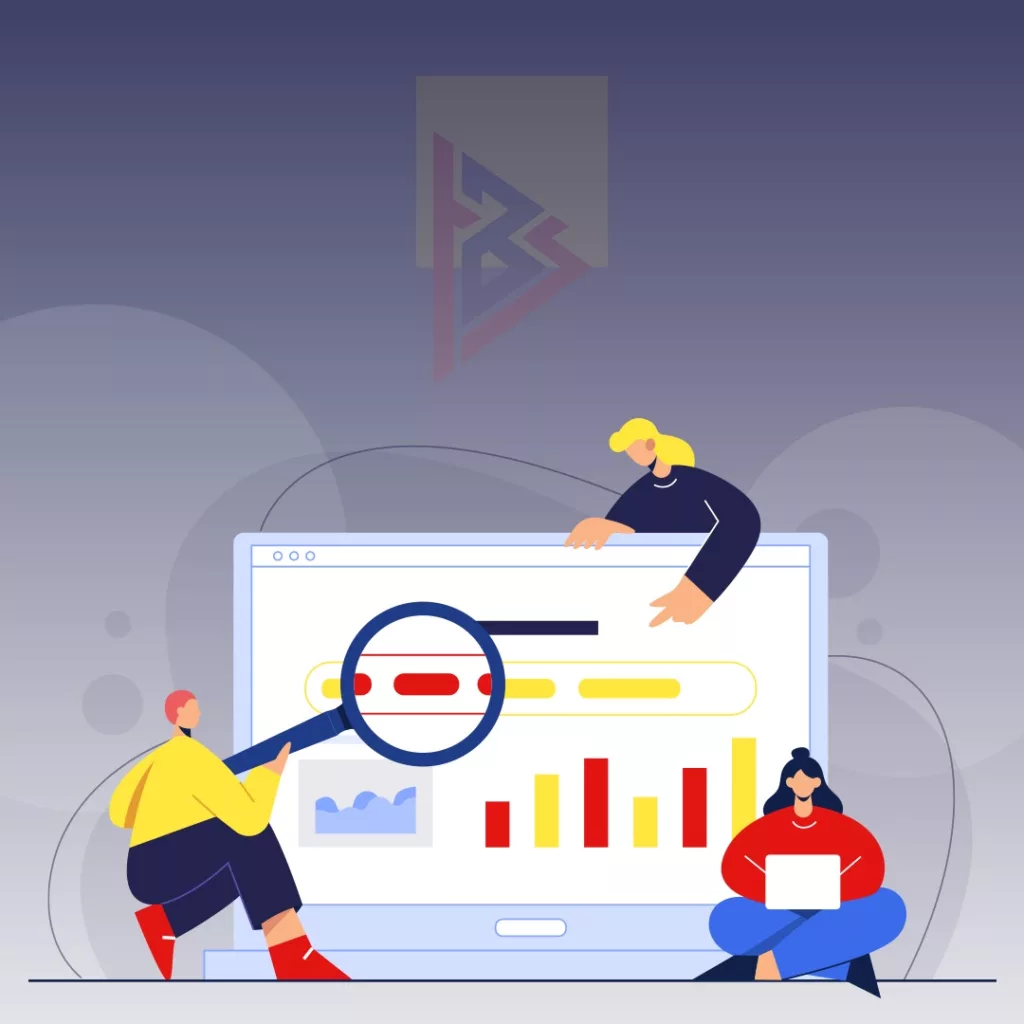
With most people working from home these days, cloud computing is becoming increasingly important. Teams and other project stakeholders have easy access to data stored on clouds wherever they may be. In 2019, public cloud services were valued at $242.7 billion, but Gartner expects revenue to reach $306.9 billion this year.
#7. No SQL databases
The trend of no SQL databases will gain momentum in 2021 as well. We should examine their context before discussing them.
Developed in the 1970s to reduce duplicate storage, SQL databases are relational databases. Nevertheless, their complexities made them an expensive solution to scale them vertically due to their complicated structure.
No SQL databases were geared toward scalability, speedy queries, and frequent database modifications, so developers created them back in the ‘2000s.
#8. IoT: Internet of Things
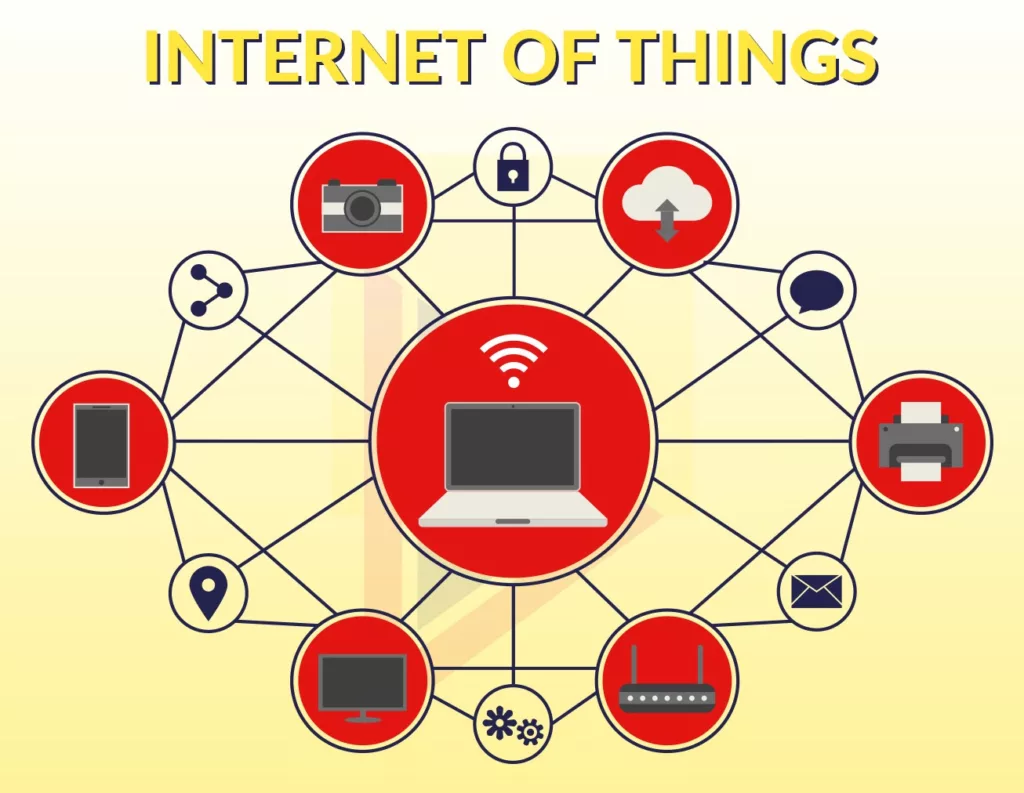
According to research, there will be over 20 billion active IoT devices connected to the internet.
Smarter everything is what we want. Even a light bulb is a smartphone…!!
Smart gadgets are in demand every day, and it isn’t stopping anytime soon. Through the Internet, smart lives are becoming possible. It’s as simple as a command…! Our favorite thing is that.
The internet makes our lives so convenient, simple, and seamless that it’s hard to picture life without it. The advent of IoT (Internet of Things) has allowed the world to become even more connected.
A wide range of IoT devices use the internet to talk to each other and with networks. These devices’ most common use is gathering information and performing specific tasks. A new device connects to the Internet every second.
Among its advantages are:
- Improvement in Monitoring
- Predicting and acting on new information
- Increasing customer dialogue
- Fine-tune products and services
- Better control over operational processes
The internet has made life much easier, but it has also made the world smaller.
Undoubtedly, it will reign supreme in the web development world.
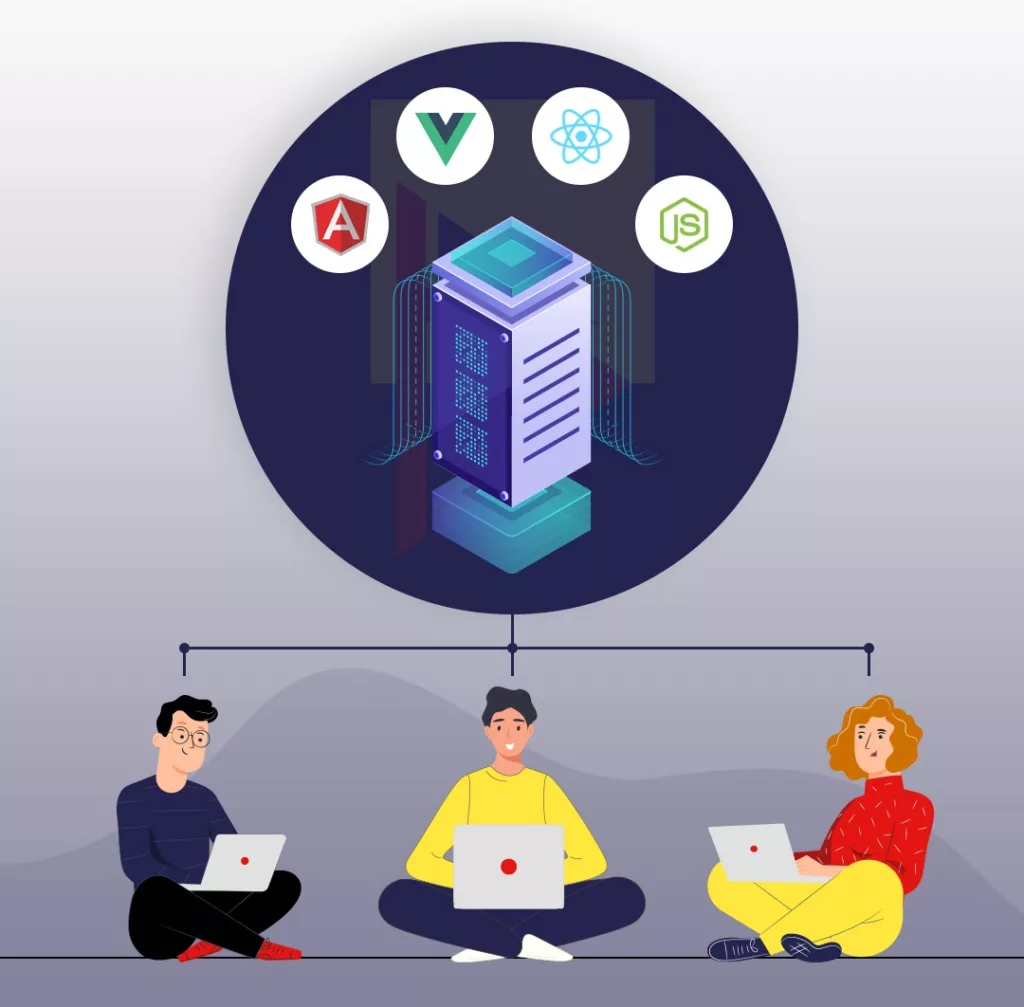
#9. MEAN-React-Vue-Flutter
There is a specific technical stack required to implement most of these trends. In today’s technology era, dozens of frameworks and libraries exist. Who will use them more often?
A JavaScript software stack used for building dynamic websites and web applications, MEANS is a free and open-source application. JavaScript is the language deployed across all MEAN stack components, so MEAN applications can be written in one language to run on both the server and the client.
A popular stack out there is the MEAN stack. Included in it are:
- MongoDB – a database
- ExpressJS
- Node.JS
- Vue.js – a front-end framework
- React.js – a web framework
- Angular – a front-end framework

With MongoDB, developers can create documents-based distributed databases for modern applications in a cloud-based era.
Envision, Adobe, eBay, and other large companies realize the benefits of MongoDB because of its document data model, which makes it easy to store and retrieve data quickly. Data volumes and traffic volumes can be supported by MongoDB’s horizontal design.
An ExpressJS framework, or just Express, is a back-end framework based on Node.js, available under the MIT license. A web application or API can be built with it. The Node.js server framework has been called the de facto standard.
React Library plays a significant role. Many MEAN stacks use it instead of Angular. Therefore, more and more developers are choosing it over Angular due to the ease and speed of implementation.
UI components and user interfaces are built with React, an open-source JavaScript library for front-end development. Facebook is in charge of maintaining it with a community of individual and corporate developers.
As a result of giants like Xiaomi and Alibaba switching to it, Vue has already made its mark on the global market. Front-end solutions like this are very compact.
The Vue.js framework builds UIs and single-page apps through model-view technology.
The Angular Team at Google facilitates an open-source, typescript-based framework for building web applications. It gets support from individuals and corporations around the world.
Finally, Node.JS is another popular choice. JavaScript code is executed outside a web browser with Node.js, an open-source, cross-platform JavaScript runtime environment. The single-threaded nature of the protocol makes it ideal for non-blocking, event-driven servers.
#10 Adopting GraphQL
REST APIs’ inflexibility was cited as a reason for the introduction of GraphQL by Facebook in 2018.
GraphQL is a server-side runtime for APIs and a language for data querying. Giving customers only the information they ask for is a top priority. GraphiQL is an IDE that can be used to deploy APIs that are quick, versatile, and developer-friendly. It’s possible to make a single API call that pulls data from numerous sources using GraphQL instead of REST’s multiple-call model. As a bonus, Gatsby uses GraphQL queries, which frontend developers in custom application development services, to speed up their sites.
Several companies have leveraged GraphQL in their mobile apps, websites, and APIs, including Atlassian, Audi, Coursera, Facebook, GitHub, Airbnb, and Lyft.
#11 Rebooting User Experience with Motion UI
The frontend development design approach known as “Motion UI” is famous worldwide. UX design elements like this give your websites and apps a human touch.
Invoking a variety of emotions in your clients can be accomplished using motion UI. Storytelling is an effective strategy for increasing online interaction, yet at its core, a story is nothing more than a series of events. When paired with motion and animation, storytelling may result in visually stunning and functional user experiences.
User attention may be captured and maintained most effectively and simply with motion UI. Motion design allows you to spread your message quickly. An advantage of this format is that it makes thoughts and facts more readily understandable. Watching a short animated film is considerably more engaging than reading text or looking at a static infographic.
Uber, Facebook, Instagram, Google Apps, CRED, Snapchat, Spotify, and many other popular apps have built-in motion animations. The richer user experience in these apps speaks volumes about the frontend development trends followed.
The only thing that changes is the data transferred between the server and the client. When a user requests the app, the server doesn’t have to wait for a response from the client.
SPAs include Facebook, Gmail, Twitter, Google Drive, Google Maps, and GitHub, just to name a few. Thus, to stay on top of your competitors, embrace this front end development trend. Also, custom application development services will take you a long way in your business.
#12 Visual app development tools [low code/no code]
Front-end development trends have taken an exciting new turn thanks to low-code development platforms. App-building tools like this focus on the front-end design and logic while taking care of the boilerplate code. A lot of manual work is involved in creating an app, from understanding the problem to conceptualizing and developing it. Low-code platforms provide incredible customizability in both the front-end and back-end, reducing costs and time expenditures.
Frontend developers may simply connect to databases and 3rd-party apps using these tools, which have an intuitive drag-and-drop interface for creating front-ends. They allow the business logic and the end goal-user experience-to take precedence over other considerations.
To construct enterprise-ready mobile or web apps, front-end engineers and developers use visual software development environments such as low code/no-code platforms.
Many businesses, like Wipro, Mondelez, Endy, LTI, Pfizer, Colgate, and McKinsey & Company, use visual development tools to create enterprise applications.
#13 Micro frontend architecture
Micro frontend architecture is an architectural pattern for dividing an application into smaller, more manageable frontend applications. This pattern is helpful for large applications that need to be divided into smaller parts for organization and development purposes.
Micro frontends are small, self-contained frontend applications that can be independently developed, tested, and deployed. They share a common back-end, or API, which provides access to data and services.
Micro frontends are typically implemented as separate web applications or React components within a single web application.
One of the benefits of micro frontends is that they can be deployed and scaled independently. This makes them a good choice for large applications where different parts of the application need to be scaled at different times or under different conditions.
Another benefit of micro frontends is that they make it easier to test and debug individual components of the application. This can help reduce the time it takes to develop and deploy the application. This is one of the most significant frontend development trends of 2023.
The Bottom Line: What Is The Future Of Frontend Development Looking Like?
It is possible to observe a significant trend that will not go anywhere: simplicity. Our study also considered the best front-end technologies of 2023, like Vue.js and Gatsby, that will benefit from this trend.
But this does not mean Google and Facebook will disappear. The phrase simply means they must also adjust to keep up with easy-to-use frameworks like Next.js.
The one thing to remember is that 2023 will not only bring us top front-end frameworks. You should pick a framework that will work best for your project based on its pros and cons.
Whether you are developing websites for the web or selecting JS frameworks, do you feel overwhelmed by the variety of options? For a consultation on incorporating the latest front end development trends 2023 into your ideas and products, get in touch with us today.
